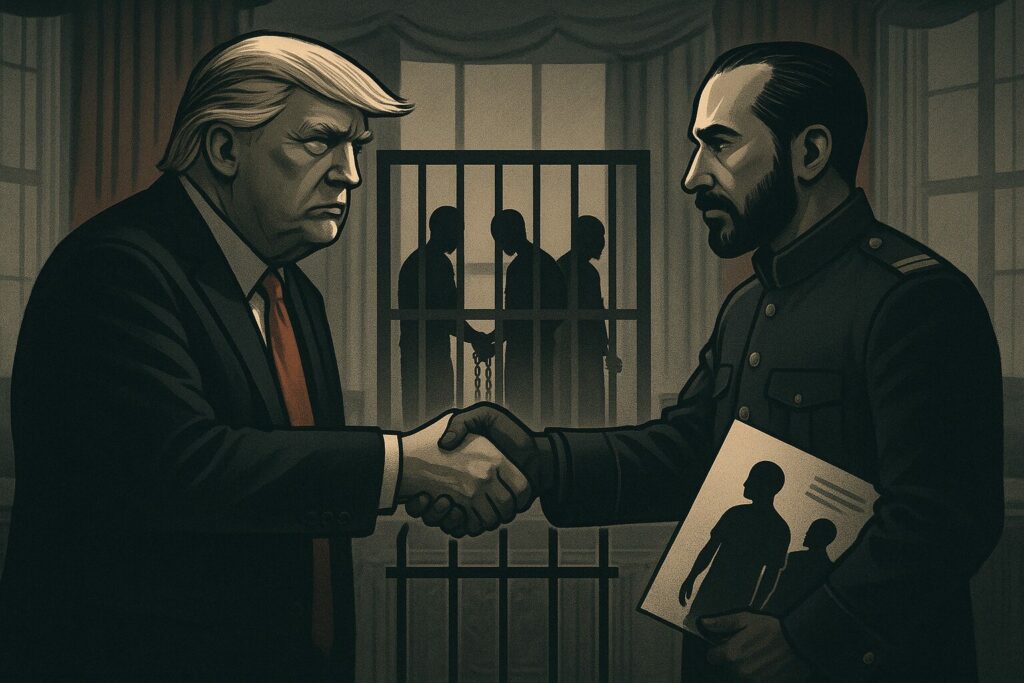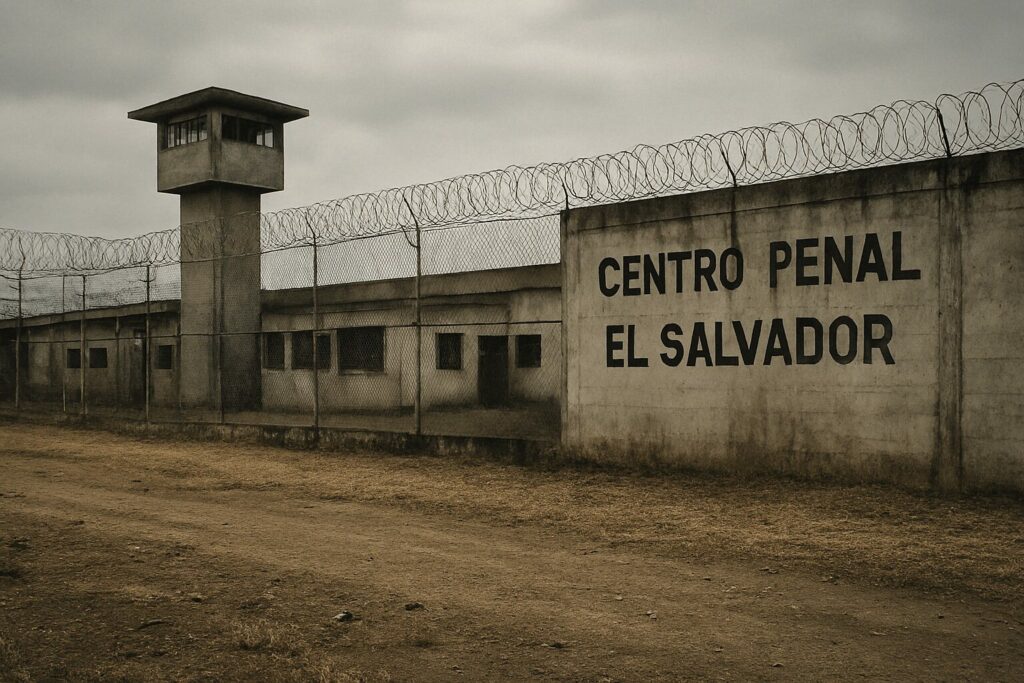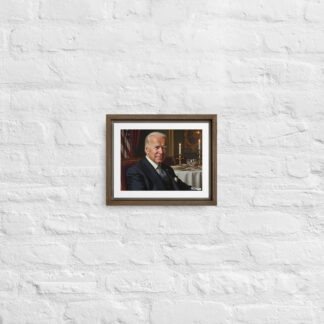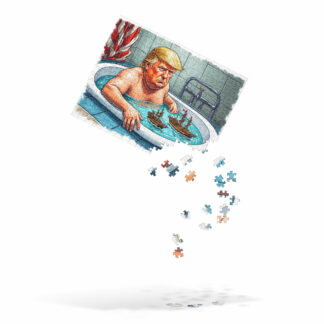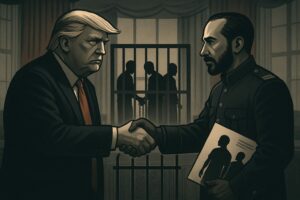Understanding America’s Modern Political Illusions
What Our Political Spectrum Actually Looks & Sounds Like

American politics, over the years, have been carefully crafted into a series of illusions. For decades, leaders have consistently framed our choices as binary: left versus right, Democrats versus Republicans. However, this oversimplified framing creates the illusion of opposition while, in reality, it obscures the true source of power: a unified elite class known as the Cryptœ Center.
Moreover, the Cryptœ Center strategically uses the Nü Right and Nëø Left as tools of distraction. By pitting these factions against each other in an endless culture war, it ensures that no meaningful systemic change ever occurs. As a result, this rigged system has transformed politics into mere performance, divided society into warring tribes, and, ultimately, left the public disillusioned and powerless.
The Cryptœ Center: The Elite Bloc of Control
The Cryptœ Center is not merely the “center” of American politics; instead, it represents the bloc of elite power that transcends party lines. This group includes wealthy individuals, corporate interests, political operatives, and media figures who, together, collaborate to maintain the status quo. Furthermore, they thrive on manipulation, using tactics designed to silence dissent and suppress transparency. Consequently, their actions ensure that true accountability and meaningful change remain out of reach.
Characteristics of the Cryptœ Center:
- A Unified Bloc:
The Cryptœ Center encompasses both Democratic and Republican elites who privately align on key issues: corporate bailouts, military funding, deregulation, and financial systems that disproportionately benefit them. - Controllers of the Narrative:
By portraying politics as a conflict between left and right, the Cryptœ Center successfully distracts the public with culture wars and identity politics. As a result, this strategy prevents meaningful focus on systemic issues such as economic inequality, environmental degradation, and institutional corruption. - Silencers of Dissent:
They label opposition to the Cryptœ Center as “terrorism,” “extremism,” or “unrealistic.” This framing targets populist uprisings, third-party movements, and even grassroots activism equally.
Masters of Compromise:
They weaponize compromise to preserve their power, masking self-serving policies as “pragmatic” or “bipartisan,” while avoiding honest discussions about tradeoffs.
The Nü Right and Nëø Left: The Puppets of the Cryptœ Center
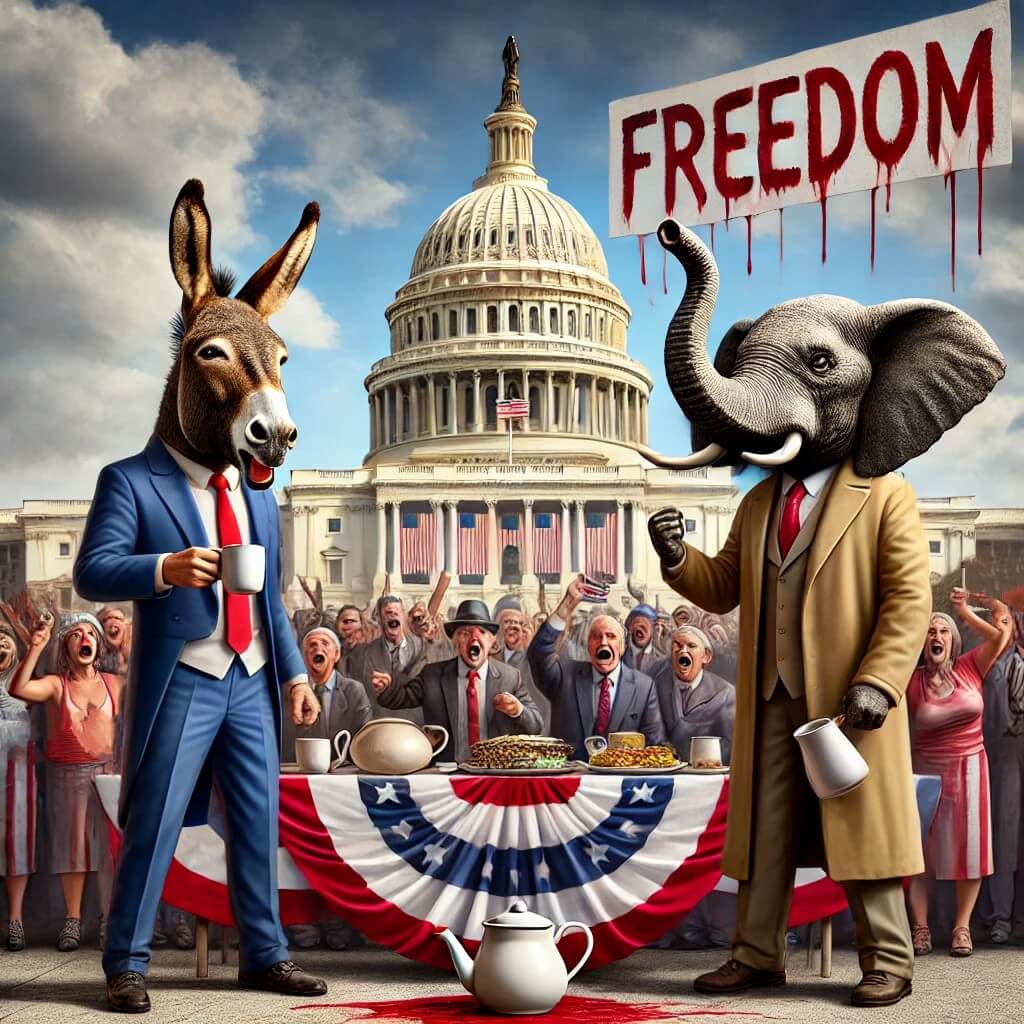
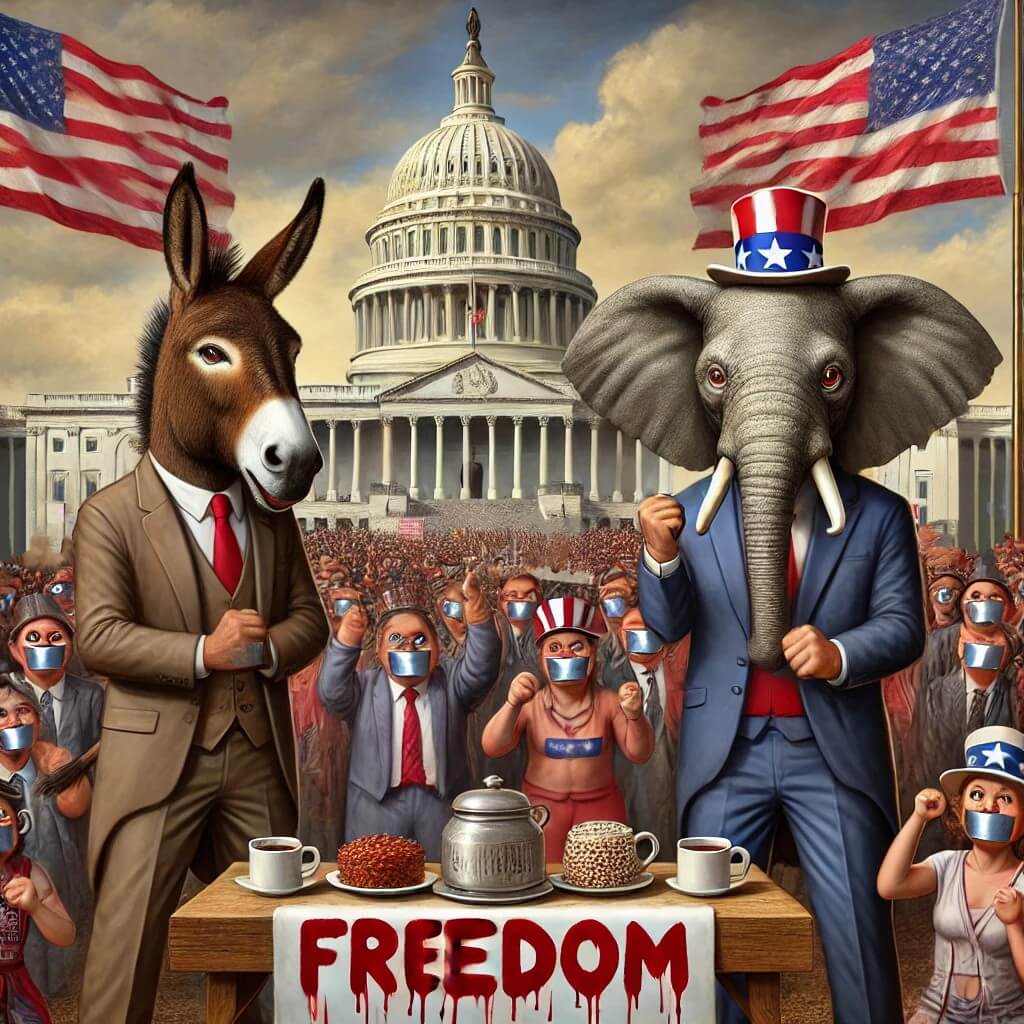

The Cryptœ Center funds, amplifies, and manipulates both the Nü Right and Nëø Left, using them as tools despite their appearance of fierce opposition.
The Nü Right:
The Nü Right thrives on reactionary outrage, conspiracy theories, and performative anti-establishment rhetoric. It mirrors the tactics of the left but focuses on cultural grievances like immigration, white identity, and “anti-woke” crusades. Elon Musk and Peter Thiel claim to fight “the establishment” while embedding themselves deeply in the elite systems they critique.
The Nëø Left:
The Nëø Left obsesses over identity politics, linguistic policing, and symbolic activism. It claims to fight for social justice but often collaborates with corporate interests that co-opt its movements for profit. It alienates potential allies through ideological purity tests and infighting, ensuring that its energy remains inwardly focused and ineffective.
The Connection:
Both sides fuel outrage, thrive on division, and distract the public from challenging the Cryptœ Center’s control. They act as two sides of the same corrupted coin, serving as pawns in a rigged game.
The Problem with Binary Thinking

By reducing politics to two sides, the Cryptœ Center ensures that true alternatives are excluded. The binary framing:
- Simplifies Complexity: Real political challenges—like climate change or economic inequality—are nuanced, but binary thinking forces them into “left” or “right” frameworks that rarely align with reality.
- Erases Alternative Voices: Third parties, independent movements, and grassroots organizers are sidelined or vilified, keeping the system locked in place.
- Maintains Elite Control: By restricting choices to just two options, the Cryptœ Center strategically funds, manipulates, and controls both sides. Consequently, this setup guarantees that neither side ever truly challenges their dominance.
The Elite Class and Compromise: A Nuanced View
It’s important to distinguish the elite class—those with wealth, education, and resources—from the Cryptœ Center. Wealth and power do not inherently lead to corruption. However, as individuals accumulate resources, they often face pressures that push them toward:
- Self-Centered Thinking: Protecting assets and legacy can lead to policies that prioritize individual interests over collective well-being.
- Compromised Philosophies: Leaders may acknowledge the flaws in their decisions (e.g., industrialization’s environmental harm) but proceed because they view the tradeoffs as unavoidable.
The Cryptœ Center takes this natural tendency and weaponizes it, using power and compromise not to improve society, but to protect their dominance.
Moving Forward: Honest Politics and a Multitude of Voices
To dismantle the Cryptœ Center and reclaim democracy, we must reject the binary system and create a political structure that reflects the diversity of perspectives in America. This requires:
1. Building a Multiparty System:
- Introduce ~32 parties that reflect a broad spectrum of ideologies and interests.
- Replace “winner-takes-all” elections with ranked-choice voting to encourage collaboration and coalitions.
2. Reviving the Vice Presidency:
- Return to the original system where the runner-up becomes Vice President, ensuring that opposing perspectives are represented in leadership.
3. Transparency in Tradeoffs:
- Acknowledge the flaws and costs of policies openly. Leaders must explain why compromises are made instead of hiding them.
4. Empowering Grassroots Action:
- Create decentralized political organizations that focus on community projects and policy development, independent of which party holds power.
5. Reframing the Debate:
- Shift focus from left vs. right to systemic reform. Issues like wealth inequality, climate change, and healthcare should be addressed as shared challenges, not partisan battles.
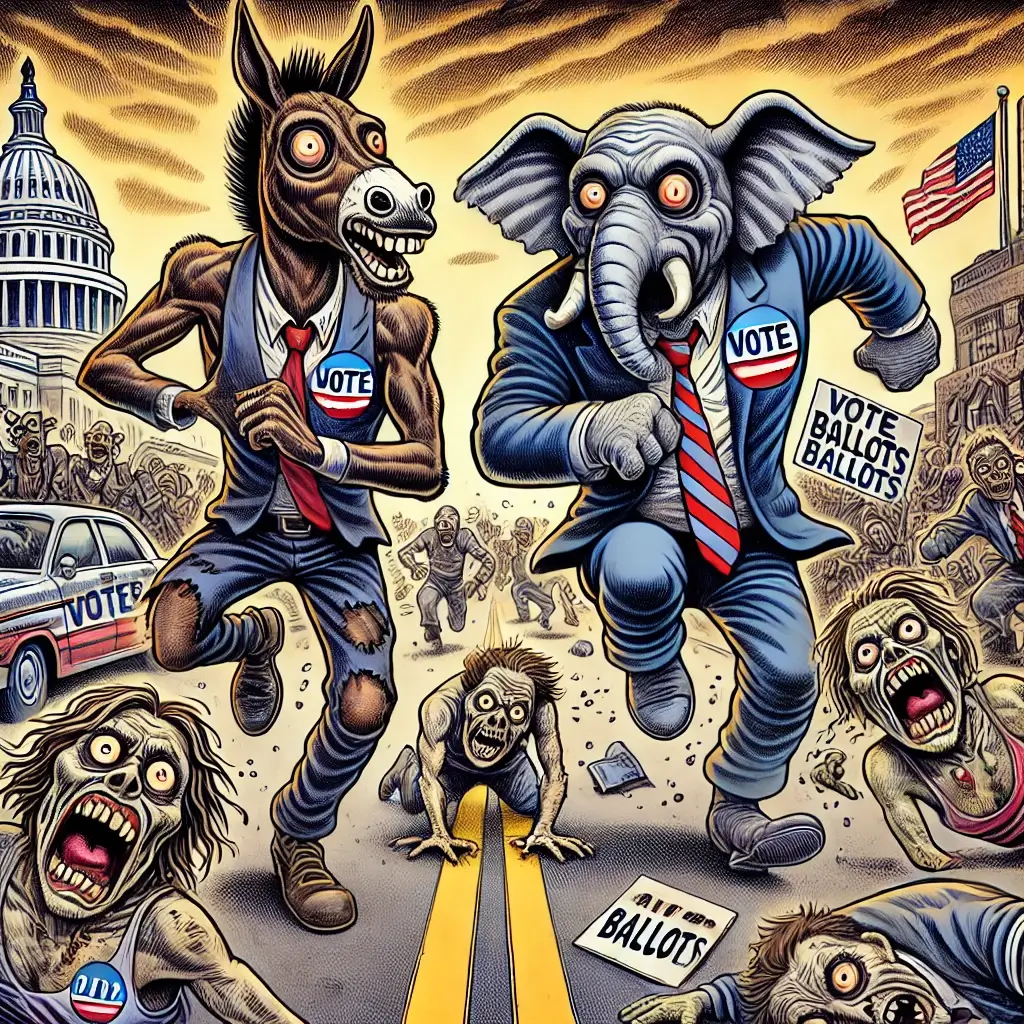
A Vision for the Future
The current system isn’t just broken—it’s designed to prevent real change. The Cryptœ Center, Nü Right, and Nëø Left are distractions, keeping us locked in a rigged game where only two teams play and the public always loses.
To create a better society, we need a multitude of political organizations that prioritize:
- Honesty over narrative control.
- Diversity of thought over binary framing.
- Collective action over elite preservation.
This isn’t about replacing one party with another—it’s about rebuilding the system entirely. A system where power is distributed, voices are heard, and policies are driven by the needs of the many, not the interests of the few. The solution isn’t just a third party. It might involved the creation of more like 32 parties. It’s community-driven projects that succeed regardless of who holds office. It’s creating a political system where dissent is celebrated, transparency is mandatory, and the public—not the elite—holds the reins of power.


